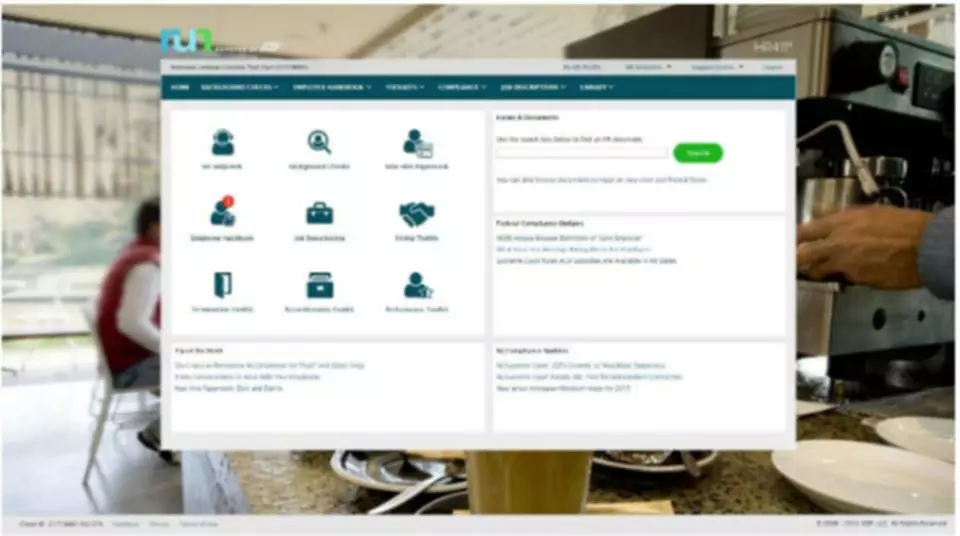Content

If the cost of the ending inventory were $65,000, the https://www.bookstime.com/ would have been $335,000 (purchases of $300,000 + the $35,000 decrease in inventory). The cost of goods sold is the cost of the products that a retailer, distributor, or manufacturer has sold. Bring your in-store and online sales together with Shopify POS. Gain insights about your business from one view so you can work smarter, move faster, and think bigger. Having this information lets you calculate the trust cost of goods sold in the calendar year. COGS helps you evaluate the cost and profits but also helps plan out purchases for the next year.
Use Klipfolio PowerMetrics, our free analytics tool, to monitor your data. Choose one of the following available services to start tracking your instantly. Partnering with a good accountant can change your small business for the better. Not just by taking the headache out of tax preparation, but by providing financial advice that improves your bottom line. During times of inflation, LIFO leads to a higher reported COGS on your financial statements and lower taxable income. What is the total cost of all your inventory of products at the start of your fiscal year? This should match the ending inventory for the previous fiscal year.
Importance of COGS in business
While calculating and keeping track of COGS is theoretically possible with a pen-and-paper approach, it is hugely simplified by adopting a capable inventory management software solution. Add direct labor, packaging and shipping, and factory overheads. Cost of goods sold can be higher than revenue if the company is spending more than it takes in producing its goods or services. It would be rare for a company to experience costs far exceeding revenue, and events like a force majeure might lead to such a scenario. Cost of goods sold represents the cost of buying raw materials and producing a finished product. To know the cost of goods sold, you need to know the cost of materials and outputs cost. The cost of material is calculated by noting the amount it takes to acquire materials used in product manufacture.
- The balance sheet has an account called the current assets account.
- Determining costs requires keeping records of goods or materials purchased and any discounts on such purchase.
- Examples of pure service companies include accounting firms, law offices, real estate appraisers, business consultants, professional dancers, etc.
But, regardless of which method you choose, the best accounting software solutions makes it easy to use COGS in your business accounting. Some software can even help you decide on a method by showing which is most advantageous for you.
What is Cost of Goods Sold (COGS)?
When you run a business, cost of goods sold is an essential metric. In this scenario, you’d like to better understand your inventory use last month. On the first day of the month you had $5,000 of leftover inventory, including meat, vegetables, spices, and other ingredients. All of these formulas and spreadsheets may be a bit confusing, so let’s plug in some numbers to clarify. We’ll start with a general cost of goods sold example and use a more industry-specific one below. ScaleFactor is on a mission to remove the barriers to financial clarity that every business owner faces. However, industry standards for pricing also need to be taken into account.

Costs that are not included in the cost of goods sold are anything related to sales or general administration. These costs include administrative salaries, as well as all utilities, rent, insurance, legal, selling, and other costs related to selling and administration. In addition, the cost of any inventory items remaining in stock at the end of a reporting period are not charged to the cost of goods sold. Instead, they are reported as a current asset on the company’s balance sheet. In other words, the materials that go into the product and the labor that goes into making each unit may be included in cost of goods sold. If you incur sales costs specific to that item, like commissions, those costs may also be included in COGS. Instead, these are considered operating expenses, and they are accounted for separately.
What overhead is included in COGS?
Yes, since cost of goods sold is deemed to be a cost of doing business, COGS is recorded on income statements as an expense. All inventory can be categorized as resale ready, damaged , worthless products , and obsolete items . For the latter, these products can be donated to charities for a little extra goodwill. Typically, the CFO or other certified accounting professional would handle these calculations because it’s not as simple as we’ve laid out in the example above. However, for the DIY CEO, calculating COGS requires a bit of information prep beforehand in order to report accurately. Retailers want to track cost of goods sold to ensure they are profitable and reporting expenses to the IRS correctly. Learn which inventory valuation method will boost your profits and…

The Cost of Goods Sold measures the „direct cost“ incurred in the production of any good. Under the LIFO method, you sell the most recent goods you purchased or manufactured. If you notice your production costs are too high, you can look for ways to cut down on expenses, such as finding a new supplier.
If inventory decreases by 50 units, the cost of 550 units is cost of goods sold. A higher cost of goods sold means a company pays less tax, but it also means a company makes less profit. Lean accounting, in which most traditional costing methods are ignored in favor of measuring weekly „value streams“. Depending on the COGS classification used, ending inventory costs will obviously differ. Vikki Velasquez is a researcher and writer who has managed, coordinated, and directed various community and nonprofit organizations. She has conducted in-depth research on social and economic issues and has also revised and edited educational materials for the Greater Richmond area. This article is for educational purposes and does not constitute legal, financial, or tax advice.
Cost of goods sold is the direct cost of producing a good, which includes the cost of the materials and labor used to create the good. COGS directly impacts a company’s profits as COGS is subtracted from revenue. If a company can reduce its COGS through better deals with suppliers or through more efficiency in the production process, it can be more profitable. For example, airlines and hotels are primarily providers of services such as transport and lodging, respectively, yet they also sell gifts, food, beverages, and other items. These items are definitely considered goods, and these companies certainly have inventories of such goods. Both of these industries can list COGS on their income statements and claim them for tax purposes. The special identification method uses the specific cost of each unit of merchandise to calculate the ending inventory and COGS for each period.
Using COGS for your retail store
The loss of value where the goods are destroyed is accounted for as a loss, and the inventory is fully cost of goods sold written off. Generally, such loss is recognized for both financial reporting and tax purposes.
- However you manage it, knowing your COGS is critical to achieving and sustaining profitability, so it’s important to understand its components and calculate it correctly.
- It doesn’t include indirect expenses such as distribution costs and marketing costs.
- The cost of sending the cars to dealerships and the cost of the labor used to sell the car would be excluded.
- In this post, we look at the function and relevance of one such KPI – the Cost of Goods Sold.
- So the calculation of Cost of Goods Sold using COGS formula is as below.
